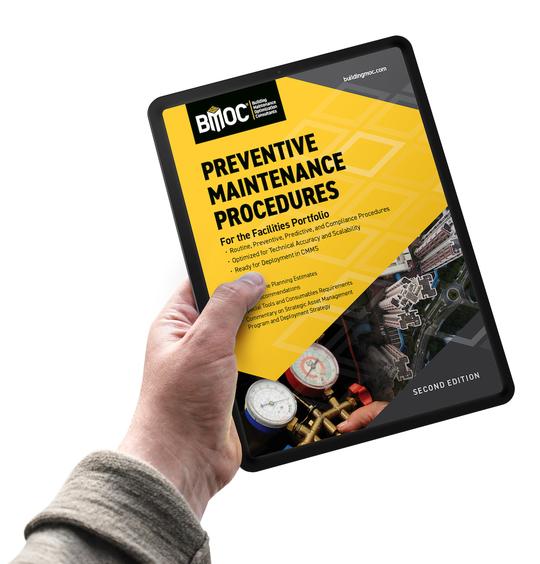“We believe this will move the public review process along faster and allow more opportunity for public comment,” said George Jackins, chair on an ASHRAE committee that recommended several changes to the way the Society prepares standards. Public review notices of ASHRAE standards and guidelines will appear twice a month on ASHRAE Online at www.ashrae.org/STANDARDS/pubrevdft.htm.
ASHRAE is also pursuing a system by which commenters on standards drafts will be able to submit comments electronically through a Web-based submittal system. It may be available as soon as later this year, according to Jackins.
ASHRAE is also looking into reducing its public review periods from 60 days to 45 days. The Board of directors approved several committee recommendations during ASHRAE’s Annual Meeting held June 24-28 in Minneapolis. The changes are effective immediately. “Our goal is to streamline our standards process as much as possible while also making it easier for members and others in the industry to comment on our proposed standards,” Jackins said. “We fell that with these changes we can accomplish both and continue to meet American National Standards Institute requirements,” Jeckins said.
The Society also:
- Shortened the appeals process to 15 days from 45 days. Under the new guidelines, appeals must be submitted within 15 working days after receipt of right-to-appeal letters from ASHRAE. A $300 filing fee for appeals will also be charged.
- Established public review periods for titles, purposes, and scopes of certain high-profile proposed standards. In the past, such information was released along with public review drafts.
- Established a Board Policy Committee on Standards, which will oversee development of high-profile standards. The Board Policy Committee will also streamline the process and allow the Board more involvement in development of standards.
- Shortened the standards approval process, Jackins said. Previously, standards passed through seven bodies for approval. Under the new guideline, that number has been reduced to four.



